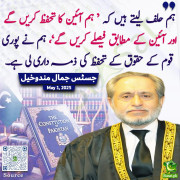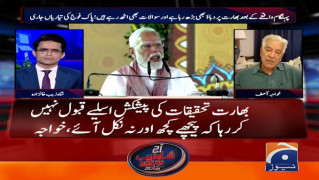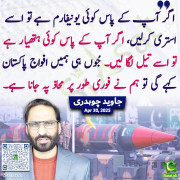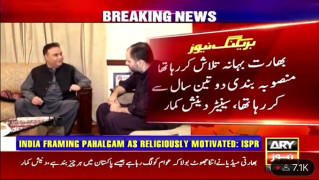Dalit Freedom
Banned
[h=1]Caste: Still a Key Issue in the Minds of Indian Voters[/h][h=2]By M. M. Ali[/h]Even before Rajiv Gandhi's assassination, India's election of May and June 1991 had the potential either to unify or further destabilize the "world's largest democracy." It is disconcerting, therefore, to realize that this election was necessitated partly by a dispute over caste—a question most foreigners assume India put behind it generations ago.
A tempest was created by former Prime Minister Vishwanath Pratap Singh's decision last year to implement the caste-related recommendations of the Mandal Commission. However morally correct, V. P. Singh plunged into a question that had daunted two of his predecessors as prime minister, the late Indira Gandhi and her son Rajiv.
Nothing was done about the Mandal Commission's report for more than 10 years. Then, when the government sought to implement its recommendations, young men belonging to the upper castes indulged in public self-immolation in various cities throughout the country. The actions demonstrated, as never before, that India remains engulfed in a crisis of conscience. Elections can either narrow or widen the divide.
[h=2]A Stratified Society in Turmoil[/h]
A tempest was created by former Prime Minister Vishwanath Pratap Singh's decision last year to implement the caste-related recommendations of the Mandal Commission. However morally correct, V. P. Singh plunged into a question that had daunted two of his predecessors as prime minister, the late Indira Gandhi and her son Rajiv.
Nothing was done about the Mandal Commission's report for more than 10 years. Then, when the government sought to implement its recommendations, young men belonging to the upper castes indulged in public self-immolation in various cities throughout the country. The actions demonstrated, as never before, that India remains engulfed in a crisis of conscience. Elections can either narrow or widen the divide.
[h=2]A Stratified Society in Turmoil[/h]






















































